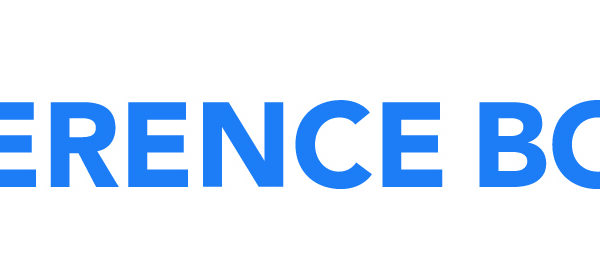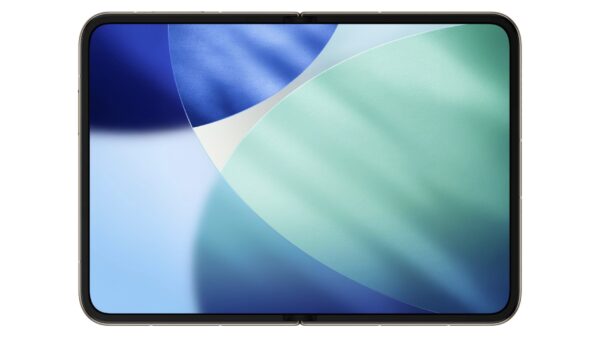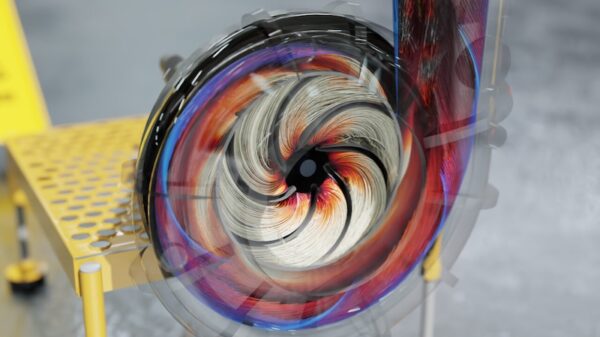Beijing has launched the Shenzhou 22 spacecraft to facilitate the return of three astronauts stranded on the Tiangong space station. This mission follows a previous incident involving the Shenzhou 20 spacecraft, which experienced damage that left its crew temporarily unable to return to Earth.
The Shenzhou 22 is scheduled for use in 2026 by astronauts who arrived at the Tiangong space station on November 1, 2023. They were part of a crew that docked with the station for regular operations. Earlier this month, a different group of astronauts from the Shenzhou 20 mission faced a nine-day delay in their return due to a damaged window in their spacecraft. After repairs, they successfully returned to Earth aboard the Shenzhou 21, which had just transported a replacement crew to the station.
Despite the safe landing of the initial crew, the three astronauts left on the Tiangong were momentarily without a secure evacuation route in case of an emergency. The Shenzhou 20, which remains in space, will eventually be brought back to Earth for inspection. According to state broadcaster CCTV, the spacecraft did not meet safety standards for transporting astronauts.
China’s space program has been making significant strides in recent years, with a focus on constructing the Tiangong space station module by module. This initiative was launched after China was excluded from participation in the International Space Station (ISS) due to U.S. national security concerns. The Chinese space program is operated by the military, which has led to the development of Tiangong, meaning “Heavenly Palace.” The station welcomed its first crew in 2021 and, while smaller than the ISS, has become a critical part of China’s expanding presence in space exploration.
As these developments unfold, the international community continues to monitor China’s advancements in space, particularly as they relate to military applications. The progress of the Tiangong space station and the missions surrounding it reflect China’s broader ambitions in space technology and exploration.

































































